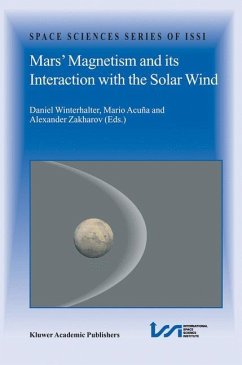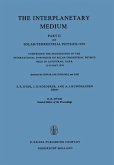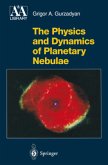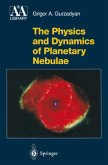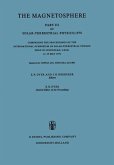Given that the question of an internal magnetic field is of fundamental importance to the understanding of Mars' formation and thermal evolution, and of the evolution of Mars' atmosphere, surprisingly few of the many spacecraft sent to Mars were equipped with instrumentation for such investigations. Of the 9 or so orbiters that have successfully archived Mars orbit, even if for a short period of time, only two have returned useful data about the magnetic field and about the plasma environment near Mars: The Phobos 2 spacecraft, and more recently, Mars Global Surveyor (MGS).
With the discovery by MGS that Mars has large remnant magnetic field structures indicating an internal dynamo long extinct, the true nature of the past and present interaction between Mars and the solar wind comes, for the first time, into sharp focus. This work, detailing the integration and new interpretation of the MGS and Phobos results, is a primary reference for the researcher studying solar wind/planet interactions.
With the discovery by MGS that Mars has large remnant magnetic field structures indicating an internal dynamo long extinct, the true nature of the past and present interaction between Mars and the solar wind comes, for the first time, into sharp focus. This work, detailing the integration and new interpretation of the MGS and Phobos results, is a primary reference for the researcher studying solar wind/planet interactions.

